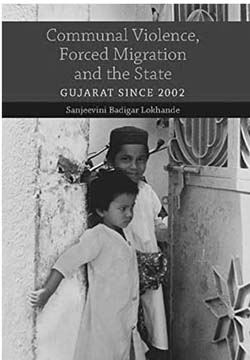Displacement and migration constitute what might be called a traumatic experience for many as they lead to uprooting one from one’s base. But if this happens due to some large scale violence, which has a communal and a caste overtone, it doubly marginalizes the victims. Till recently, it was the violence in Muzzaffarnagar that had become such a distressing story. According to a conservative estimate, more than 41,000 Muslims were rendered homeless, with most of them never being able to return to their villages and having to live the lives of destitutes. Gujarat (2002) was another example of communal violence which led to the displacement of a large number of people, as more than 2 lakhs were displaced within the first two years itself. Those who had to flee their homes had to settle down in houses on rent in Muslim concentrated villages and towns. As per a status report (2012) published by the Ahmedabad based NGO, Janvikas, 16,087 of them continue to live in 83 relief colonies built by faith based (Muslim/Islamic) organizations and NGOs.
The book under review, taking a cue from the much talked about and equally criticized category of Internally Displaced Persons (IDPs) of the United Nations (introduced in 1998), examines violence in Gujarat since 2002. The author argues that ‘displacement (in Gujarat) is not only symptomatic of the state being taken over by a majoritarian vision of the nation in which the minorities may be threatened, but that in our globalized times it entails a shift in the very idea of the state in terms of what can be rightly expected of it and the source of its legitimacy.’

